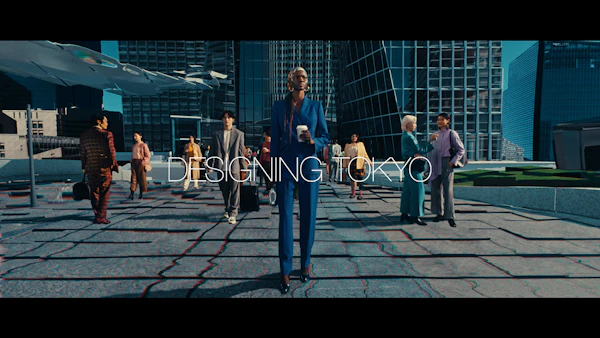History
歴史・沿革
History歴史
The history of Mori Building began with a relatively minor event: the construction of a single building. From that site-by-site approach to development, we evolved into a company capable of carrying out integrated developments. In order to build cities that nurture the future of those who live and work in them, we are not limited by conventional values and standards. Instead, we engage in dialogue, listen to views, consolidate all these aspects into a plan, and work to make everything come true. Mori Building learns from its history; so, the things we have valued in the past continue as constants as we move into the future.
1955 The Birth of Mori Fudosan
"Someday we will erect new buildings on the charred ruins." Such were the prophetic words of Taikichiro Mori, the father of current Mori Building President Minoru Mori, as he looked over the wasteland that was war-devastated Tokyo. In 1955, Taikichiro founded Mori Fudosan, the predecessor of Mori Building, and within two years, the new company completed construction of the Nishi Shimbashi 1 Mori Building and the Nishi-Shimbashi 2 Mori Building. A precedent was set at this early time as among the first tenants of these buildings were a number of foreign companies. Soon, Mori Building won a reputation among foreign companies for providing quality office space. The approach taken even then, of inviting the participation of everyone concerned with the development and thoroughly discussing every issue from the outset, continues to be our operational method today.
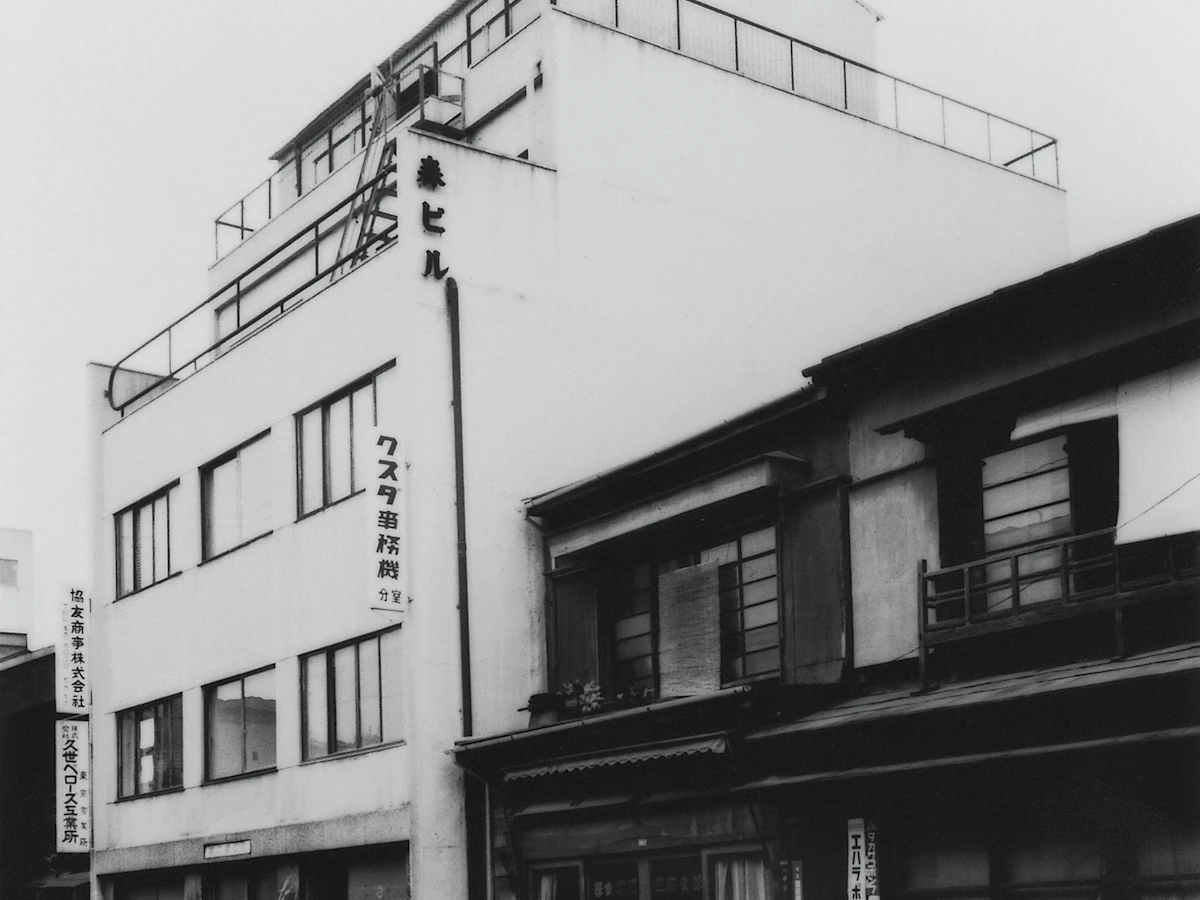
1960- The 'Number Building' Era
In the late 1950s, Mori Building made a full-scale entry into the leased office building development market. Concentrating mainly on the Shimbashi-Toranomon district, we constructed many office buildings. As more and more of our fire-resistant buildings rose from the ashes of war, we turned our attention to the revitalization of the entire area. During this period of our history, all our buildings were given numbers, rather than names, which gave birth to the nickname, the "Number Building." We were always a market leader. Nishi-Shimbashi 3 Mori Building, for example, drew considerable attention as one of the first leased office buildings to boast both air-conditioning and extensive effective floor space. As demand for office space increased in the 1960s fueled by a period of rapid economic growth, our leasing activities expanded and we began to shift from individual site development to area developments involving multiple neighborhoods and roads.
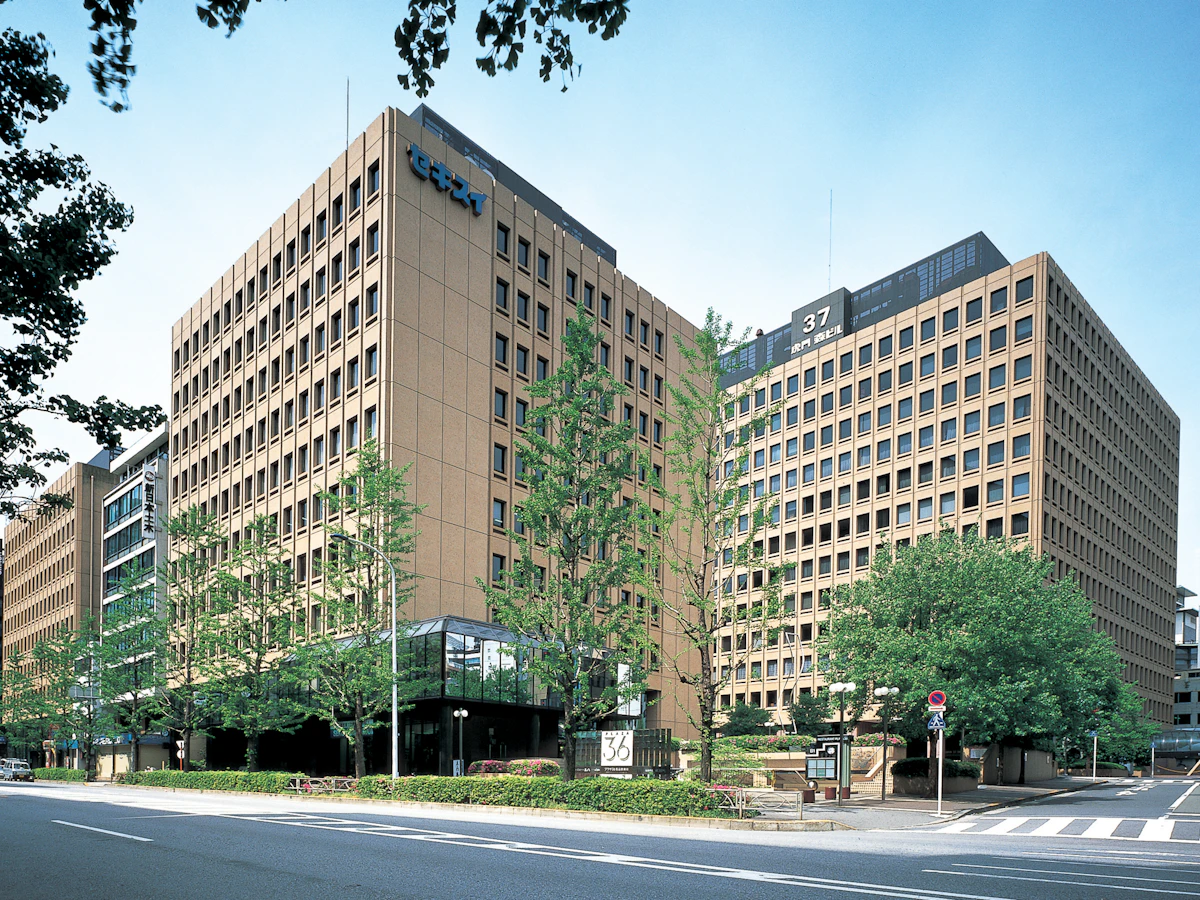
1978 LaForet Harajuku
Laforet Harajuku opened its doors in 1978. Harajuku, which was transforming into a fashionable district where young people gathered, instantly established its status as a trendsetting hub with the arrival of this landmark. Conceived to fulfill the dual roles of offering retail space specializing in fashion and event space anchored by the Laforet Museum, Laforet Harajuku has continuously launched cutting-edge apparel brands, creators, artists, and entrepreneurs into the world, while also consistently generating buzz through unique event production and impactful advertising campaigns. During the Grand Bazaar in January and July, a long line forms at the entrance before the store opens. It has now become a symbol of Harajuku. Since the establishment of Omotesando Hills in 2006, the Harajuku-Omotesando area has further heightened its sensitivity to fashion and trends. For half a century, it has continuously transmitted cutting-edge fashion and trends from Harajuku to the world, exerting a profound influence on both the times and people.
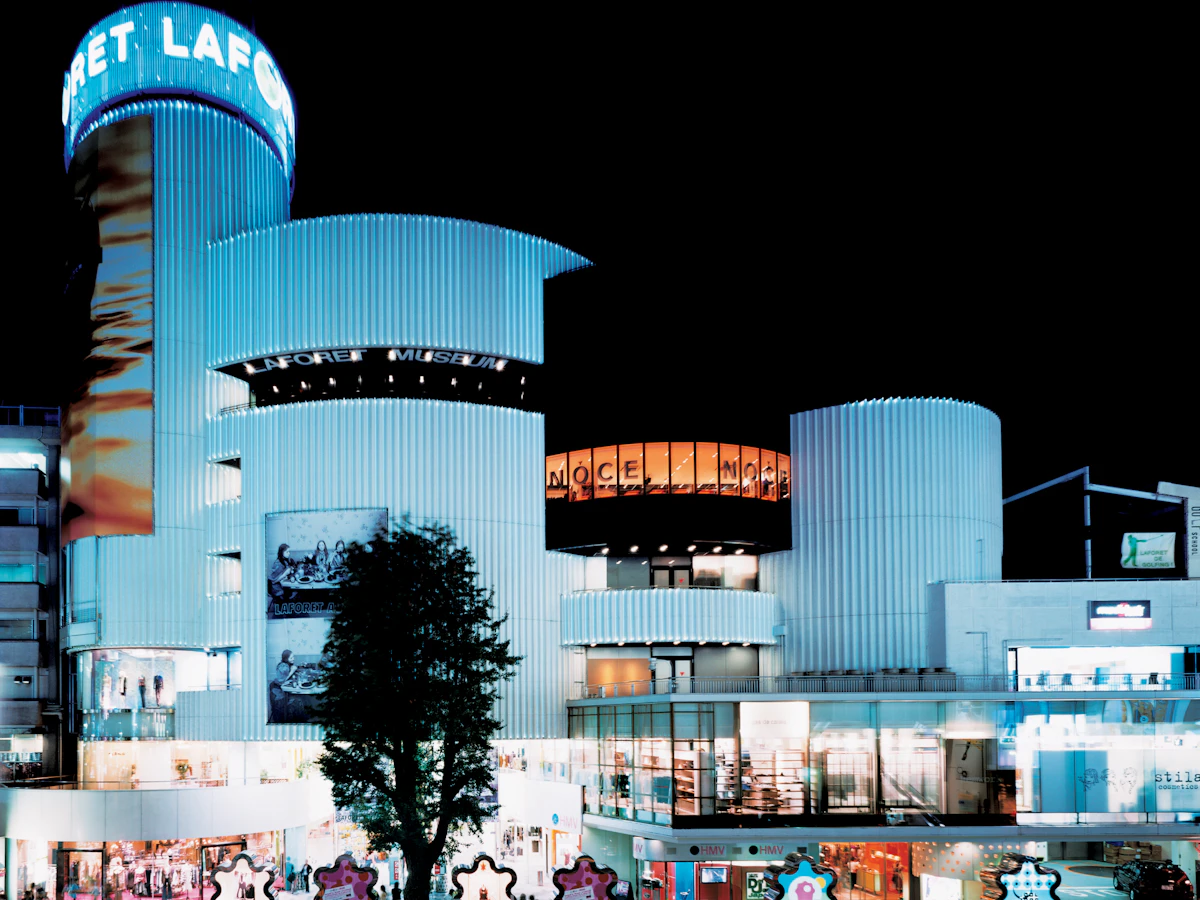
1986 ARK Hills
The first large city block project by a private-sector company, ARK Hills, took 17 years to complete. As a 24-hour mixed-use urban complex that comprises offices, residences, a hotel, and a concert hall, ARK Hills was the forerunner of all subsequent Hills projects, embodying the close proximity of work and residence, the harmonious coexistence of cities and nature, and a cultural hub. At the time of completion, many international financial institutions new to Japan located their offices in the office tower, Japan’s first “intelligent” building. ARK Hills was soon recognized as Tokyo’s premier international finance center. Even today, after 40 years, the office tower continues to maintain a high occupancy rate. The cherry blossom trees lining the avenues and the seven gardens, which serve as symbols of ARK Hills, continue to nurture an urban ecosystem, bringing seasonal scenery to the heart of the city.
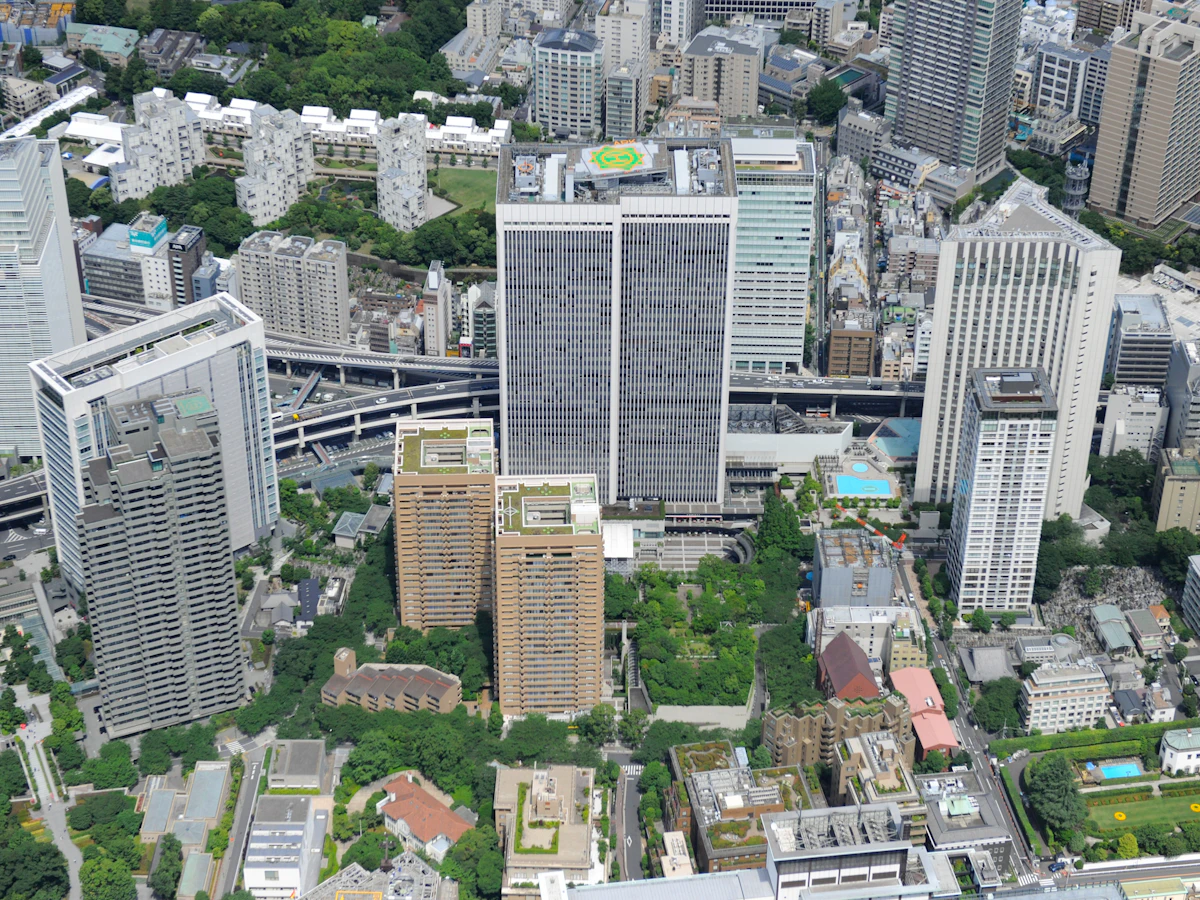
1999 VenusFort (Palette Town)
VenusFort opened in Odaiba as a theme park-style commercial facility where visitors could enjoy the atmosphere of medieval Europe. Mori Building moved forward on its development following the Tokyo Metropolitan Government’s decision to lease the Tokyo Waterfront City area to private companies for a provisional 10-year period, aiming to promote the area’s development.
VenusFort was established as one of the facilities within Palette Town, a complex that houses diverse attractions, including the experiential mobility theme park MEGA WEB, the Palette Town Ferris Wheel, and Zepp Tokyo. Following a land sale competition administered by the Tokyo Metropolitan Government in 2008, the site was sold to Mori Building and Toyota Motor Corporation, allowing Palette Town to continue its operations. This contributed greatly to the development of the Odaiba area. Subsequently, in order to plan and consider facilities that would contribute to creating new vitality in the Tokyo Waterfront City area, all facilities ceased operations by August 2022.
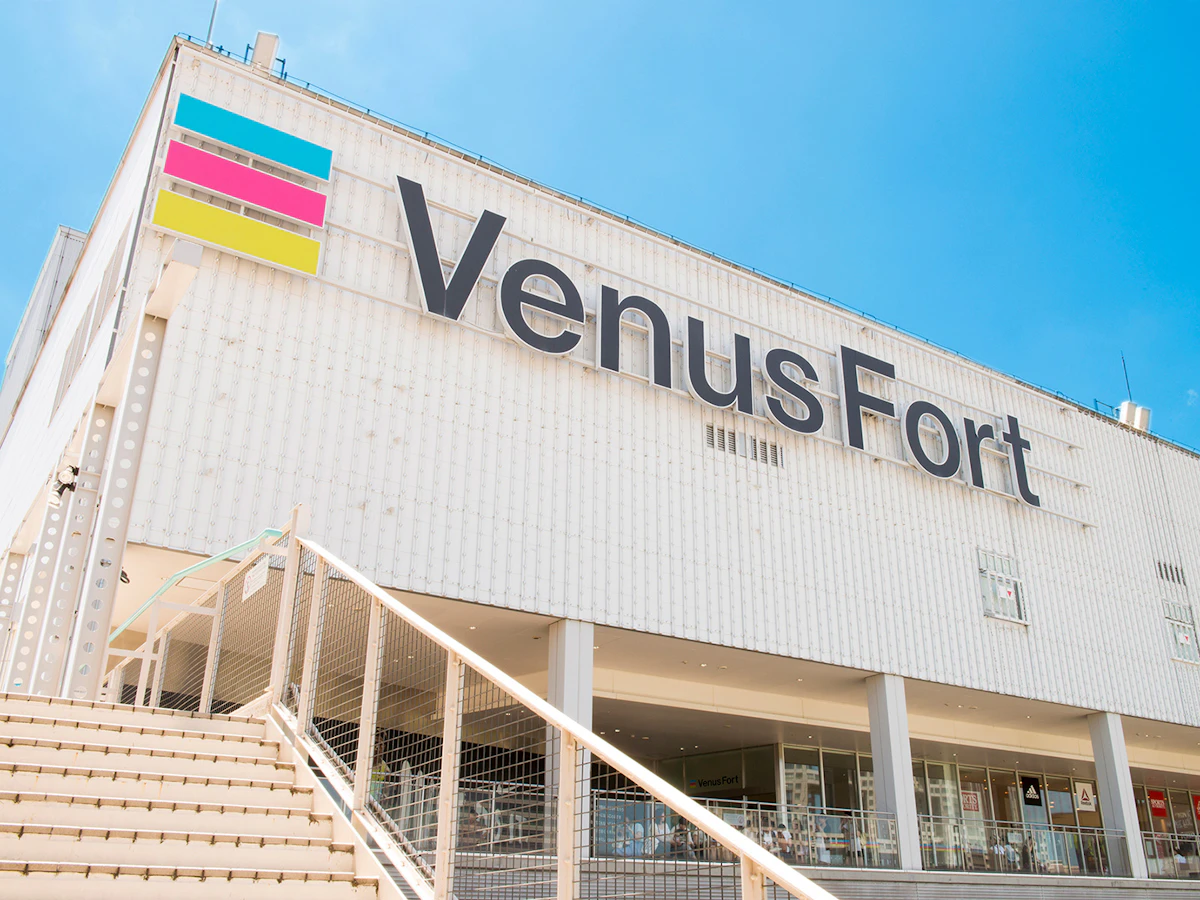
2001 Atago Green Hills
Atago Green Hills is a mixed-use development that inherits the ARK Hills development philosophy of creating open spaces through high-rise buildings, promoting close proximity of work and residence in the city center. It was also positioned as a step leading to Roppongi Hills.
Atagoyama, the development site, is blessed with abundant greenery, including cherry blossoms, and has been cherished since the Edo period as a famous spot for enjoying the view. At the summit stand the NHK Museum of Broadcasting, the birthplace of broadcasting in Japan, and Atago Shrine. Alongside the 500-year-old Seisho Temple, other notable temples, including Seigan-in and Denso-in, are also located here. It is a culturally and historically valuable area within the city. The development preserves the existing topography and greenery of Atagoyama, utilizing them as an invaluable scenic resource within the city center. It also helped to create a new landscape for Tokyo by restoring the resident population, aiming for a safe and comfortable city in terms of disaster prevention, and allowing the aesthetic sensibilities of the old and the new to coexist.

2002 Motoazabu Hills
Since the development of ARK Hills, Mori Building has embraced urban living as a major theme. This project, situated in the Motoazabu area, renowned for its quiet, upscale residential neighborhoods in central Tokyo, is a large city block with its main facilities comprising residences, a first for the Mori Building. We explored ways to sustain the city center’s residential appeal while preserving its excellent living environment—home to numerous temples, shrines, embassies, and precious green spaces—and rethinking what constitutes luxury in the modern era. Aiming to propose a vision for the future of cities that takes into account the unique context of Azabu, the plan was conceived around the concept of a “forest city.” Rather than creating forests within the city, it envisions the city itself as a forest. The Forest Tower, its symbolic representation, features a form inspired by trees. Its shape spreading upward represents the tree, trunk, and branches, while the trees on the rooftop and balconies express the leaves of a great tree. We created a space where you can feel close to nature, even in the heart of the city.
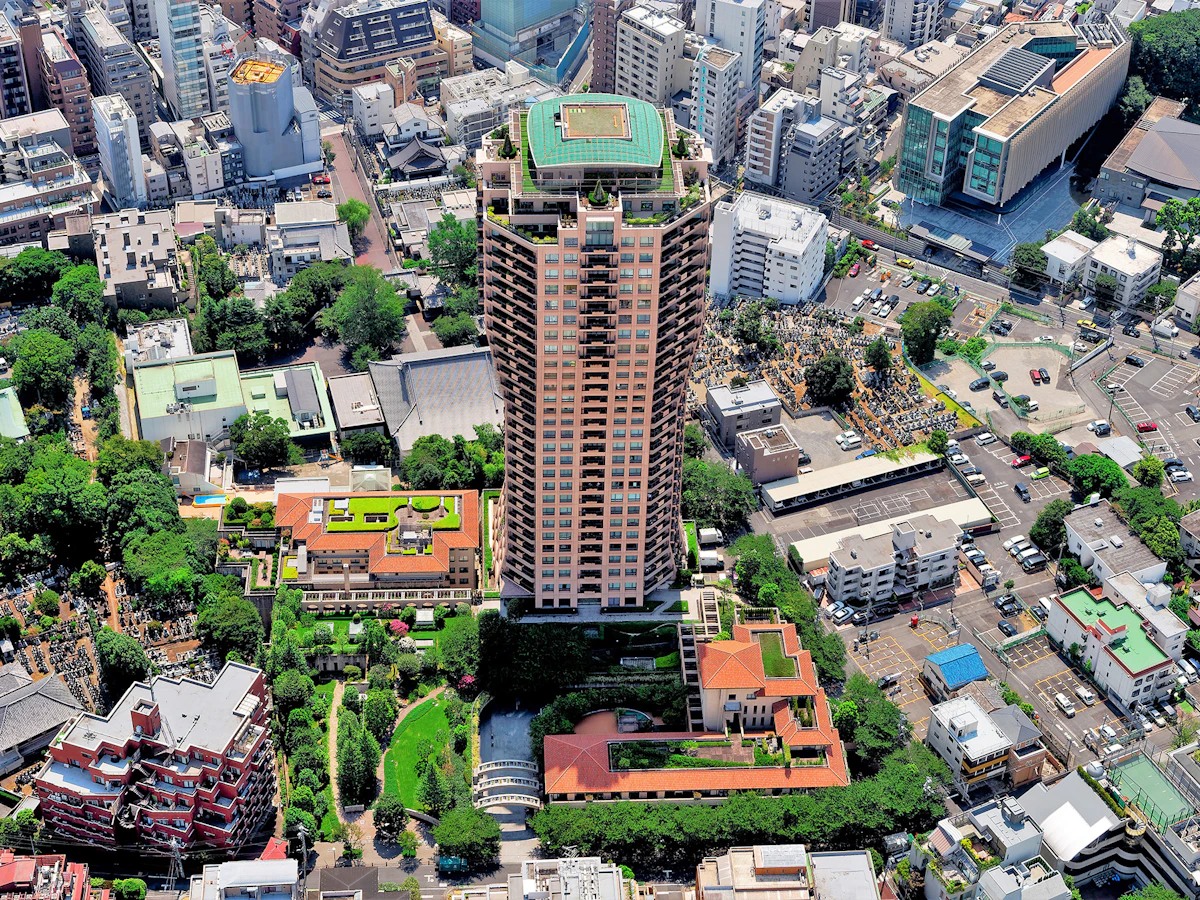
2003 Roppongi Hills
With the Roppongi Hills project, Japan's largest ever urban redevelopment, we further revolutionized the concepts and the paradigms of city making. Our aim was the creation of a new Tokyo cultural center, where humanity, culture, interaction and vision could flourish. We achieved this goal on the upper floors of the Roppongi Hills Mori Tower with the Mori Arts Center, a cultural complex comprising an art museum, an observation deck, a private club and educational facilities. Offering a calendar full of events, Roppongi Hills has been visited annually by over 40 million people since its opening in 2003. And with every year, the city grows in stature and maturity, thereby multiplying its magnetic attraction.
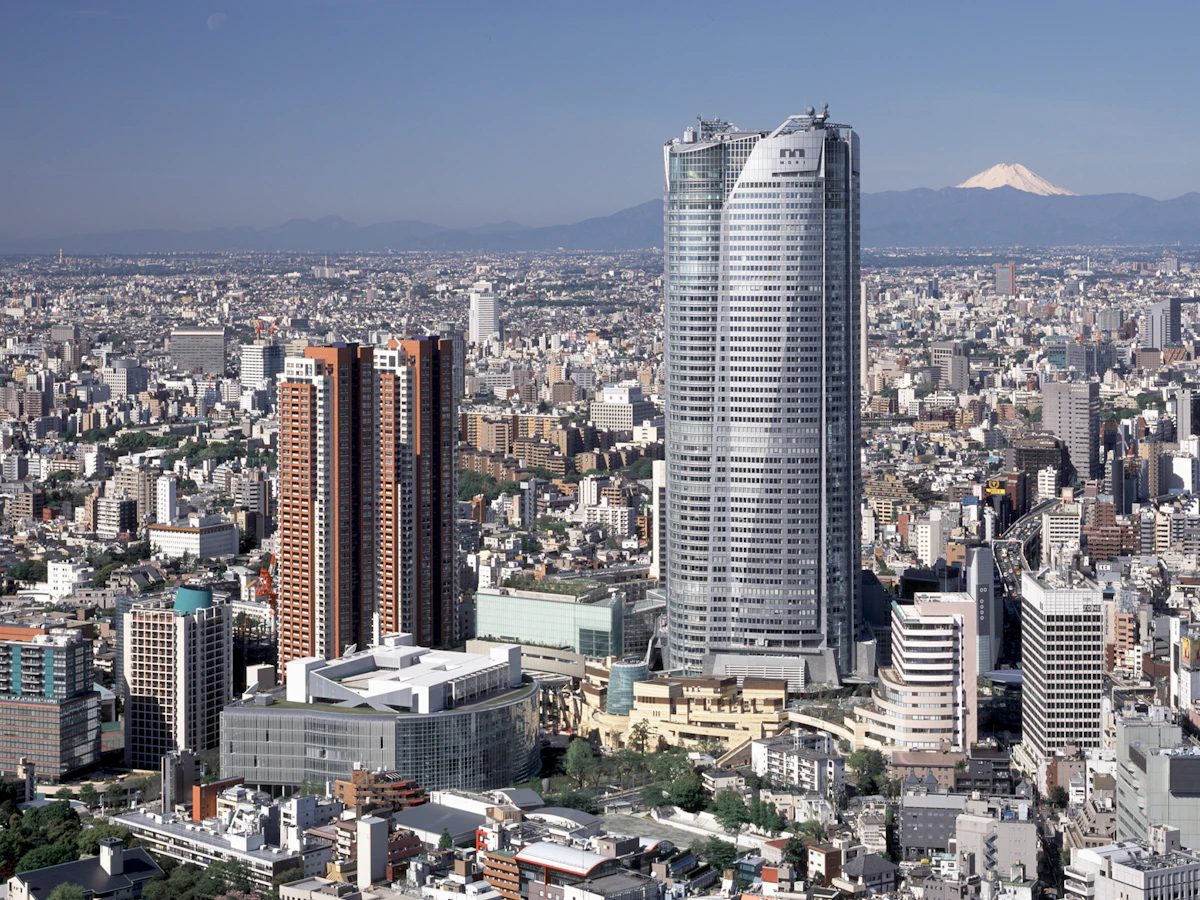
2006 Omotesando Hills
The Dojunkai Aoyama Apartments that formerly stood on the site of Omotesando Hills were a symbol of the cultural lifestyle of the early Showa Era. The redevelopment was not easy. Together with the architect Tadao Ando, we considered a vision that respected the landscape of Omotesando, and harmony with the zelkova-lined Omotesando boulevard was not only maintained by the low-rise profile but also reinforced by extensive use of rooftop gardens. Omotesando Hills' six-story atrium, enclosed by a spiral ramp, echoes the slope of the boulevard outside, transforming the interior into a second Omotesando with its own array of shops. Omotesando Hills thus nurtures the memory of its historic forebearer as it grows into a landmark for a new generation.
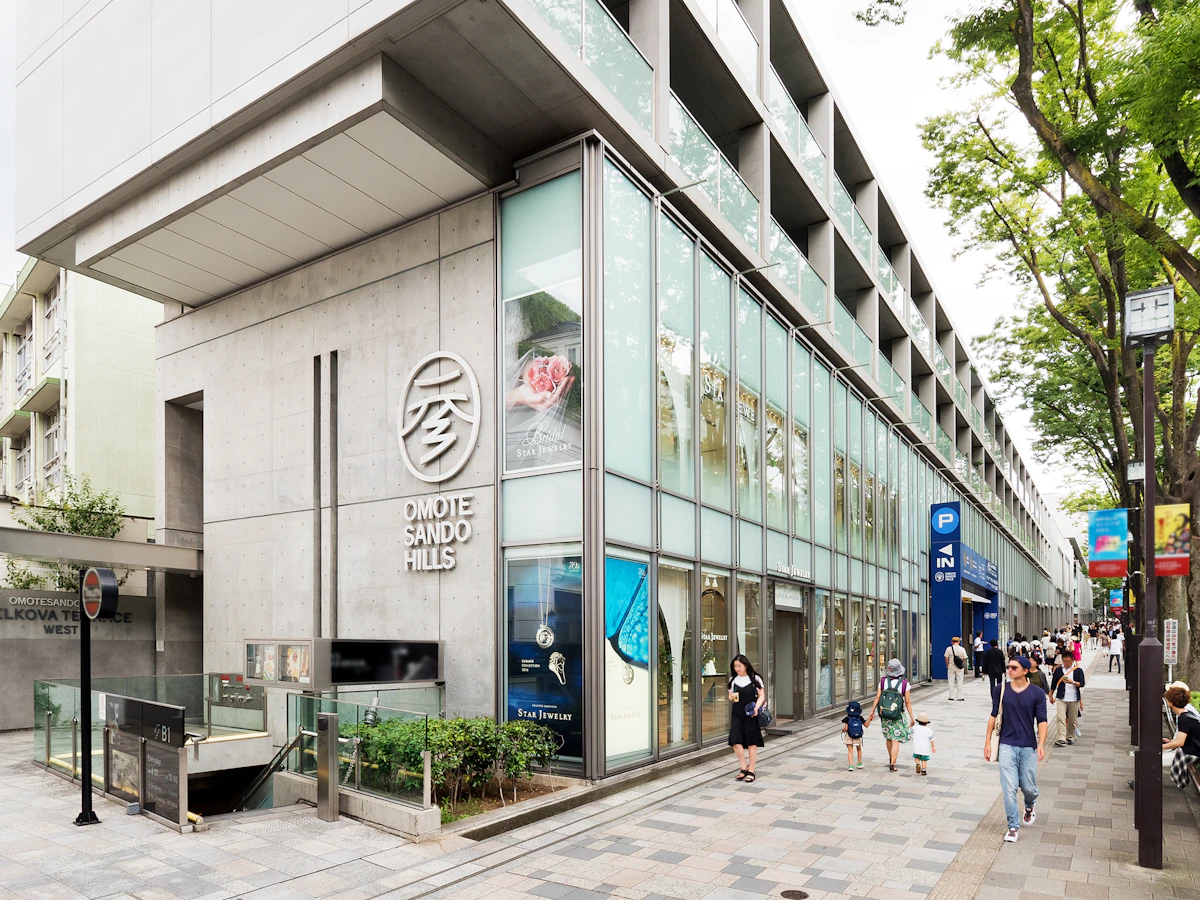
2008 Shanghai World Financial Center
Located in Shanghai’s Pudong district, which has experienced rapid development even within evolving China, this world-class international financial center boasts 101 stories and stands 492 meters high. It features top-tier offices designed for global corporations, along with an observation deck, commercial facilities, and a luxury hotel, establishing itself as a major hub for business, culture, entertainment, and information dissemination in Asia. Since its opening, it has attracted leaders with a will to grow and change as well as globally active professionals, establishing a firm position as a Shanghai landmark. It continues to evolve as a “global magnet” whose magnetism influences the future of China, Asia, and the world.
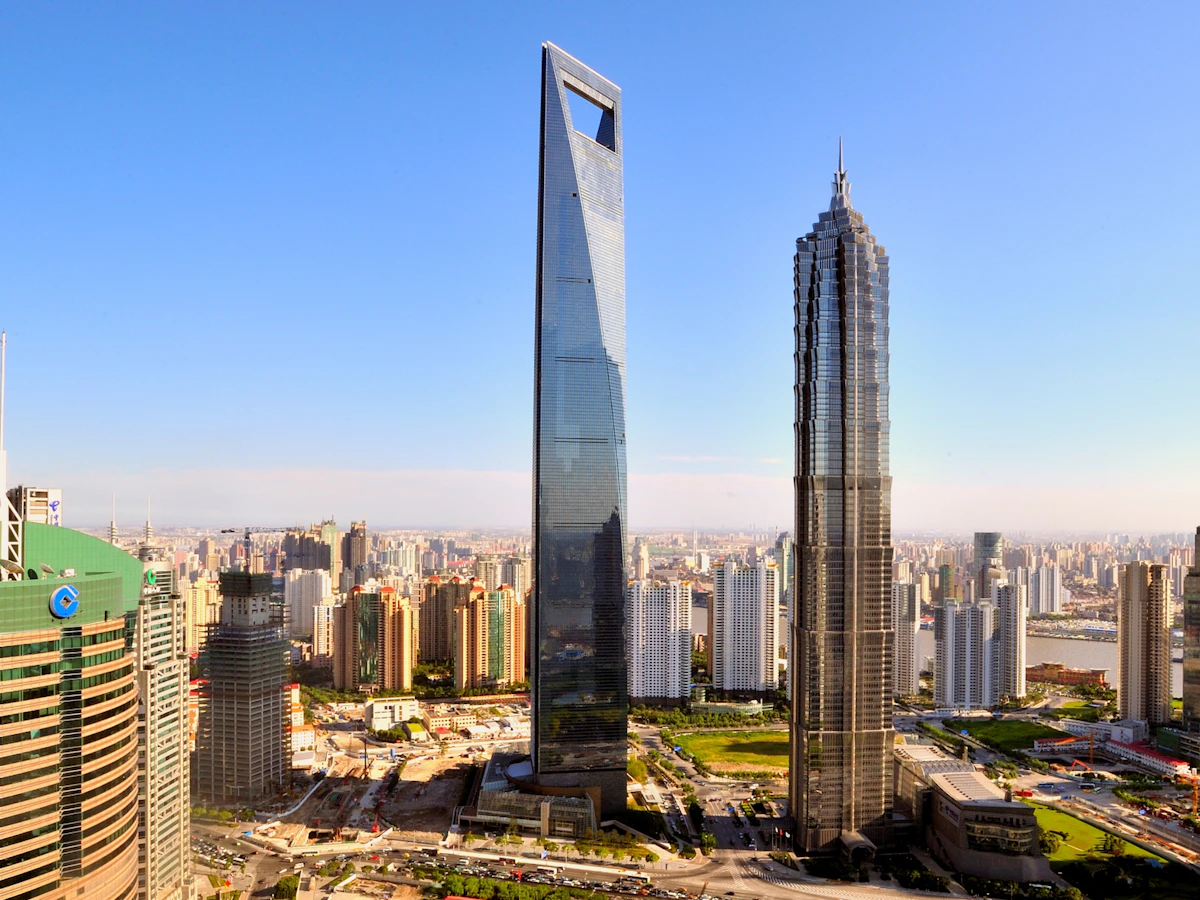
2012 ARK Hills Sengokuyama Mori Tower
This new multifunctional hub is driving the development of the cosmopolitan and culturally rich ARK Hills area. It features high-performance offices that meet the needs of the times and urban residences that accommodate diverse lifestyles. Furthermore, we are actively pursuing environmental initiatives by integrating cutting-edge environmental technologies, planting trees primarily consisting of native regional species, installing deadwood to provide habitats and foraging areas for wildlife, and reusing topsoil to promote biodiversity. These initiatives have been highly recognized, including achieving the highest S-rank rating in CASBEE (2010), which evaluates the environmental performance of buildings, and becoming the first in Japan to receive the highest AAA rating in the JHEP certification.

2013 ARK Hills South Tower
A new business base born in ARK Hills, which has continued to develop as the center of international business and culture. In addition to the highly flexible and efficient office space, it is located directly to Roppongi 1-chome Station. The pedestrian deck connecting ARK Hills and the IZUMI GARDEN, advanced facilities, high seismic performance and environmental performance, adds a new value to the business.
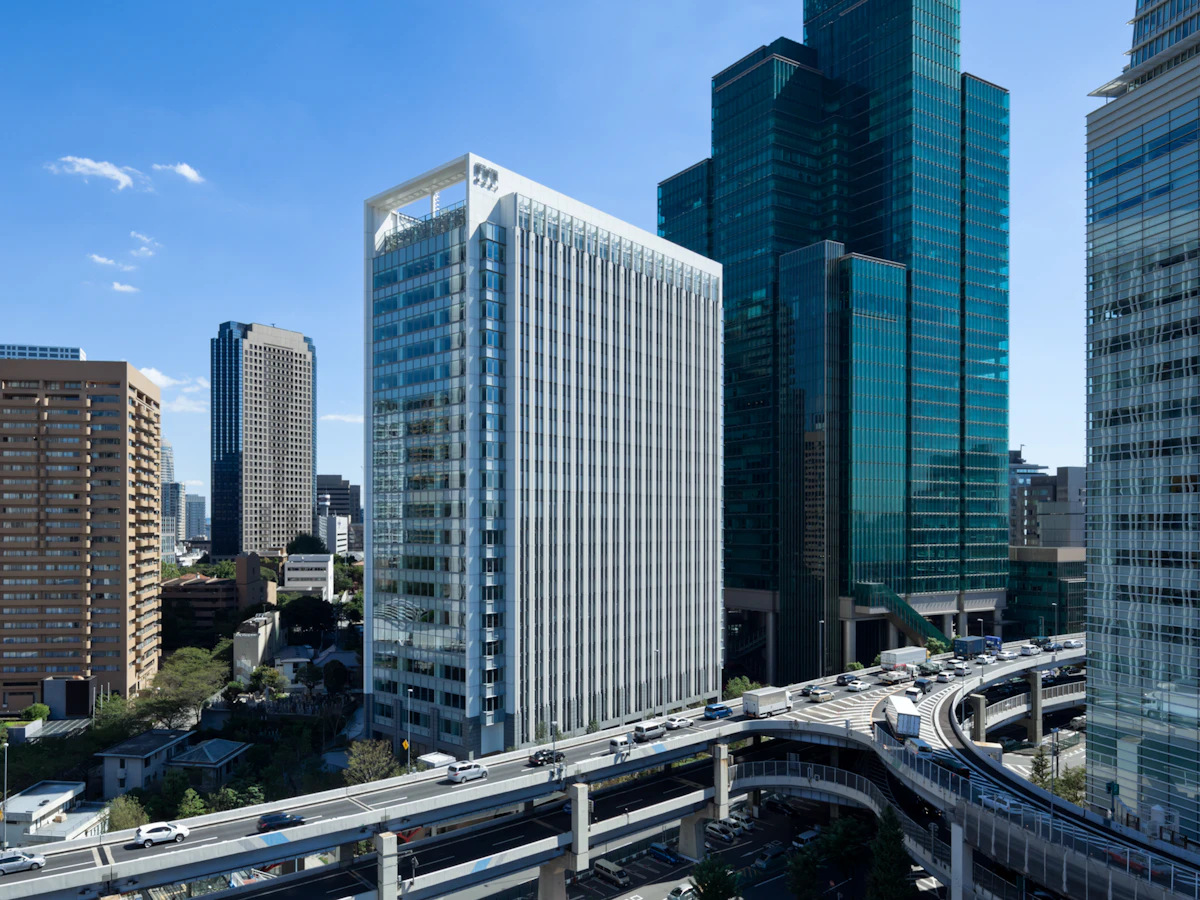
2014 Toranomon Hills Mori Tower
Model project for urban regeneration through public-private partnerships Utilizing the Multi-Level Road System, a revolutionary method that allows for a single site to serve both roads and buildings, this mixed-use super high-rise building (height: 247 meters) was constructed as part of the development of Ring Road No. 2. Centered around top-tier office space featuring expansive floor plates of approximately 1,000 tsubo (approx. 3,300 m²) per level, the complex includes Japan’s first Andaz Tokyo hotel, high-class residences with exceptional views, international-standard conference facilities, commercial spaces designed to maximize support for diverse urban activities, and lush open spaces spanning approximately 6,000 square meters. As a new Tokyo landmark, it showcases the city’s appeal to the world. Alongside Tokyo’s new symbolic street, Shintora-dori, it is serving as a catalyst for the formation of a new international hub, guiding Tokyo toward the future.
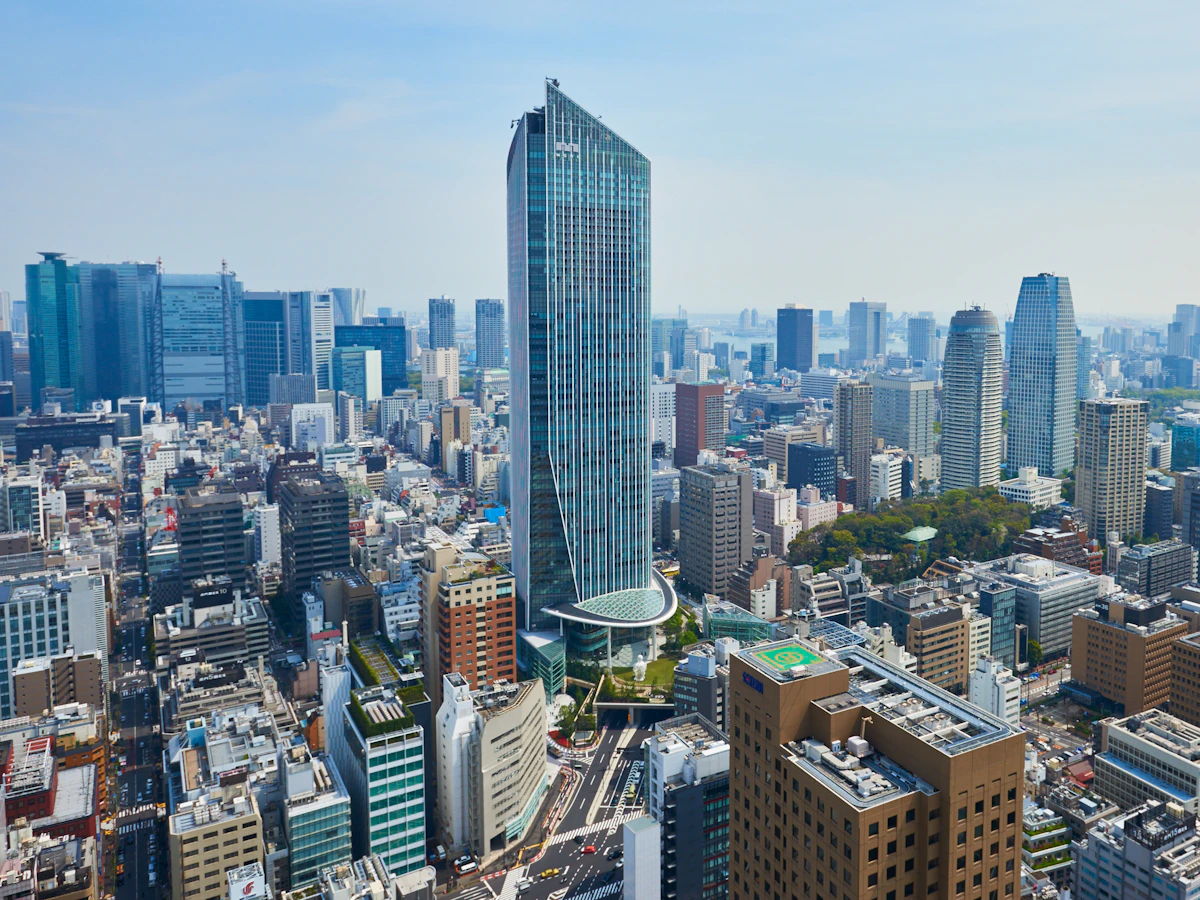
2022 JAKARTA MORI TOWER
Against the backdrop of an expanding consumer market driven by rapid population growth, Jakarta has emerged as the world’s second-largest metropolitan area by population (as of 2022), surpassed only by the Tokyo metropolitan area, within Indonesia’s ongoing remarkable economic growth. Market expansion driven by population growth among the middle class and above, along with further economic growth, the clustering of global corporations, and the development of startups, is expected to continue. Furthermore, demand for high-quality buildings equipped with international-standard specifications is likely to increase significantly.
JAKARTA MORI TOWER, Mori Building’s first development project in Southeast Asia, is a large-scale office tower boasting the highest specifications in Jakarta. It is located near the Semanggi Interchange, along Sudirman Road in the heart of Jakarta’s largest business district, where high-rise buildings are concentrated. Leveraging the expertise and know-how cultivated through our involvement in numerous urban development projects both domestically and internationally, we aim to contribute to Jakarta’s rapid economic growth and the realization of a comfortable and prosperous urban lifestyle.
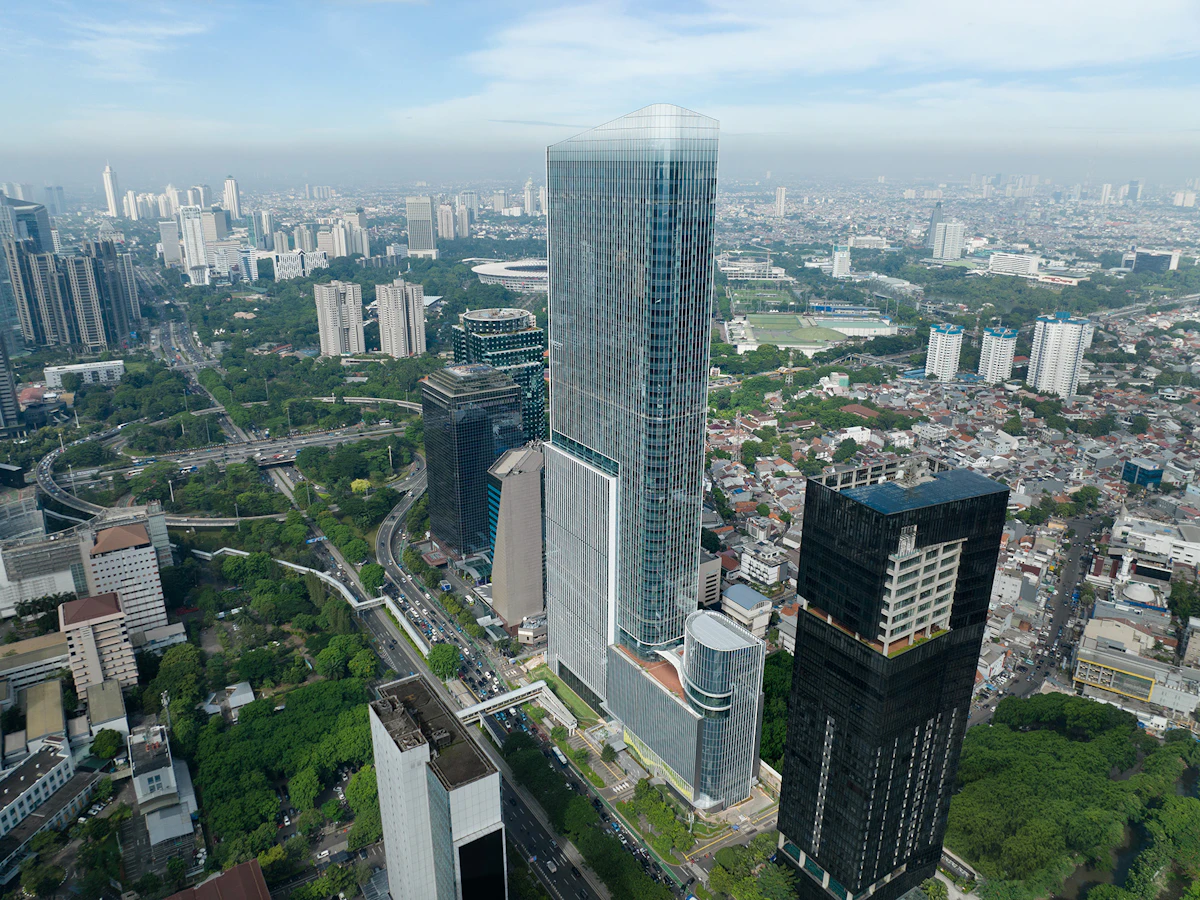
2020, 2022, 2023 Toranomon Hills Business Tower, Residential Tower, Station Tower
The Toranomon area is located in the heart of Tokyo, near Kasumigaseki, and has a high concentration of embassies and cultural facilities. We know the potential of the Toranomon area, where Mori Building was founded, better than anyone else. That is why we have envisioned the future in the form of the “Global Business Center Toranomon Hills” and have progressively developed the necessary functions to realize this vision.
Toranomon Hills has expanded and evolved at an unusually rapid pace for an urban redevelopment project—approximately nine years—fueled by the opening of Mori Tower as a catalyst and bolstered by each initiative being designated as a National Strategic Special Zone Project. In 2020, construction was completed on the Business Tower, which houses ARCH, an incubation center designed to foster new ventures for large corporations. In 2022, construction was completed on the Residential Tower, a global-standard residence where residents can enjoy the city’s affluence. In 2023, construction was completed on the Station Tower, which was developed as part of Toranomon Hills Station on the Hibiya Line. As a result, Toranomon Hills boasts a total area of approximately 7.5 hectares and a total floor area of around 800,000 square meters. It has evolved into a new international hub and global business center that integrates diverse urban functions with transportation infrastructure, including roads and railways. It boasts a scale and impact comparable to Roppongi Hills.
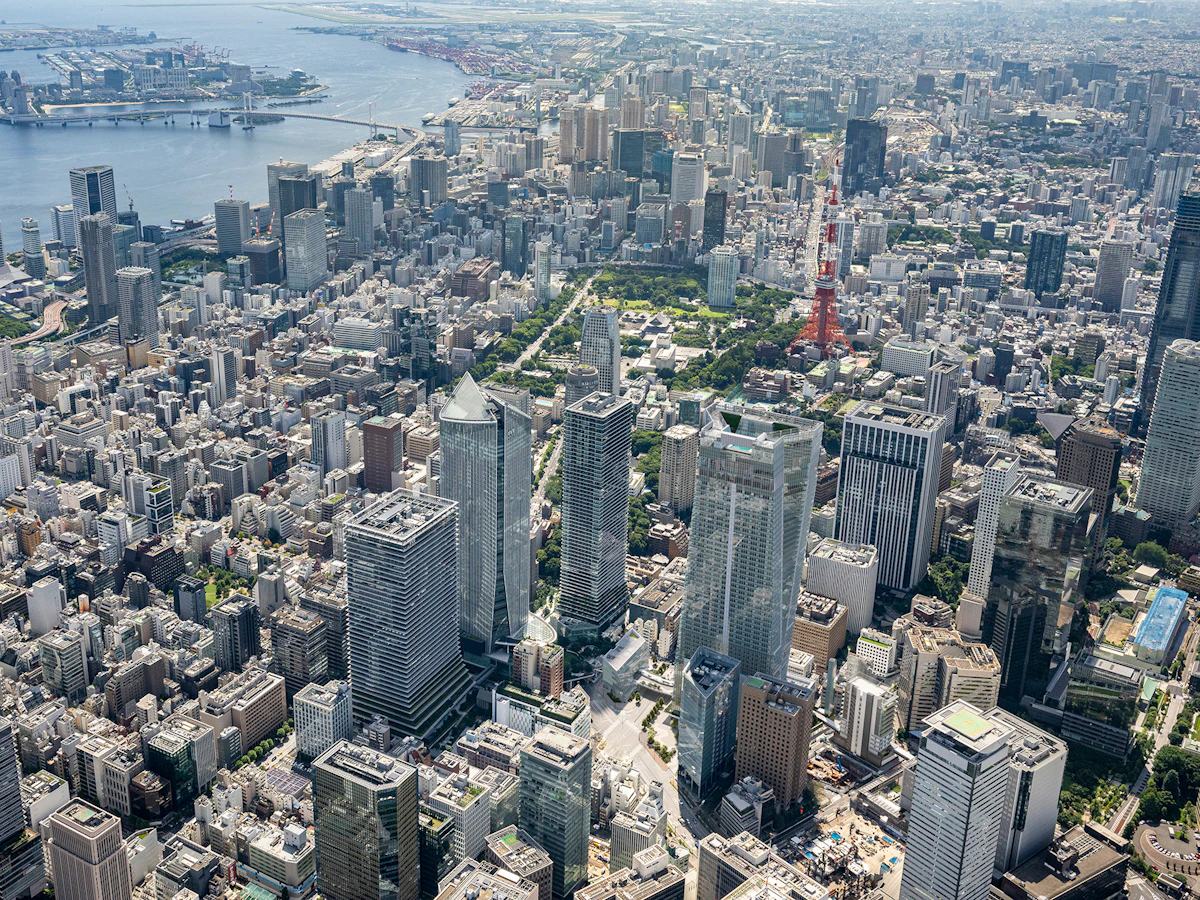
2023 Azabudai Hills
Azabudai Hills represents the ideal city within a city (compact city) envisioned by Mori Building, and embodies the future form of Hills, incorporating everything we have cultivated through our Hills developments to date.
As technology advances and fundamentally transforms how we work, live, and even exist, this project began with the questions: “What should a city be?” and “What is the essence of a city?” Mori Building has always believed that the essence of a city lies in the people who live there. We have now reexamined what kind of city allows people to live more humanely. The concept we arrived at for Azabudai Hills is a “Modern Urban Village - a town surrounded by greenery and like a plaza that connects people.” It seamlessly integrates a wide range of urban functions, including offices, residences, a hotel, an international school, retail shops, and cultural facilities, with a spacious central square at the heart of the city. This urban village, designed to create an environment where everyone can live prosperously, realizes the globally recognized values of green and wellness right in the heart of Tokyo.
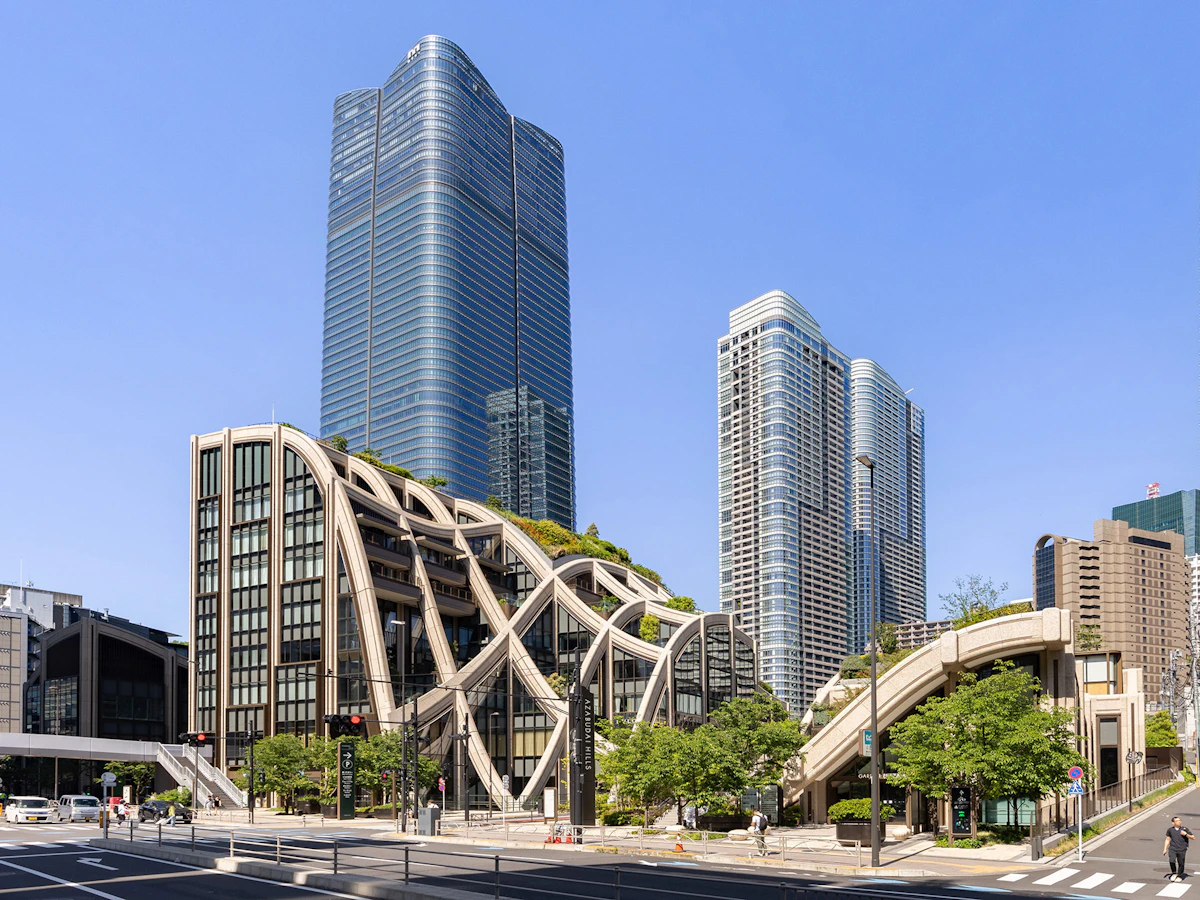
Development History沿革
Aug. 1955 | Established Mori Fudosan |
Aug. 1956 | Completion of Nishi-Shimbashi 2 Mori Building |
Nov. 1957 | Completion of Nishi-Shimbashi 1 Mori Building |
Jun. 1959 | Established Mori Building Co., Ltd. |
Jul. 1959 | Completion of Nishi-shimbashi 3 Mori Building |
Aug. 1973 | Completion of Roppongi 25 Mori Building |
Oct. 1978 | Opened LaForet Harajuku |
Sep. 1981 | Completion of Toranomon 37 Mori Building |
Mar. 1986 | Completion of ARK Hills |
Oct. 1993 | Completion of Roppongi First Building |
Oct. 1996 | Completion of Senmao Building (China/Dalian) |
Apr. 1998 | Completion of Senmao Building (currently Hang Seng Bank Tower) (China/Shanghai) |
Jan. 1999 | Published "Urban New Deal Policy" |
Jul. 1999 | Opened Palette Town/VenusFort |
Mar. 2000 | Completion of Koraku Mori Building |
Sep. 2000 | Completion of Akasaka Tameike Tower |
Jun. 2001 | Completion of ARK Yagi Hills |
Oct. 2001 | Completion of Atago Green Hills |
Sep. 2002 | Completion of Motoazabu Hills |
Nov. 2002 | Completion of Prudential Tower |
Apr. 2003 | Completion of Roppongi Hills |
Feb. 2005 | Completion of Holland Hills Mori Tower |
Feb. 2006 | Opened Omotesando Hills |
Aug. 2008 | Completion of the Shanghai World Financial Center (China/Shanghai) |
Dec. 2009 | Completion of Hirakawacho Mori Tower |
Jan. 2011 | Completion of ARK Hills Front Tower |
Mar. 2011 | Completion of Roppongi Hills Crosspoint |
Aug. 2012 | Completion of ARK Hills Sengokuyama Mori Tower |
Sep. 2013 | Completion of ARK Hills South Tower |
May. 2014 | Completion of Toranomon Hills Mori Tower |
Jun. 2018 | Opened MORI Building DIGITAL ART MUSEUM: teamLab Borderless |
Sep. 2018 | Completion of SHINTORA-DORI CORE |
Jan. 2020 | Completion of Toranomon Hills Business Tower |
Jan. 2022 | Completion of Toranomon Hills Residential Tower |
Jul. 2023 | Completion of Toranomon Hills Station Tower |
Aug. 2023 | Completion of Azabudai Hills Mori JP Tower and Garden Plaza |

